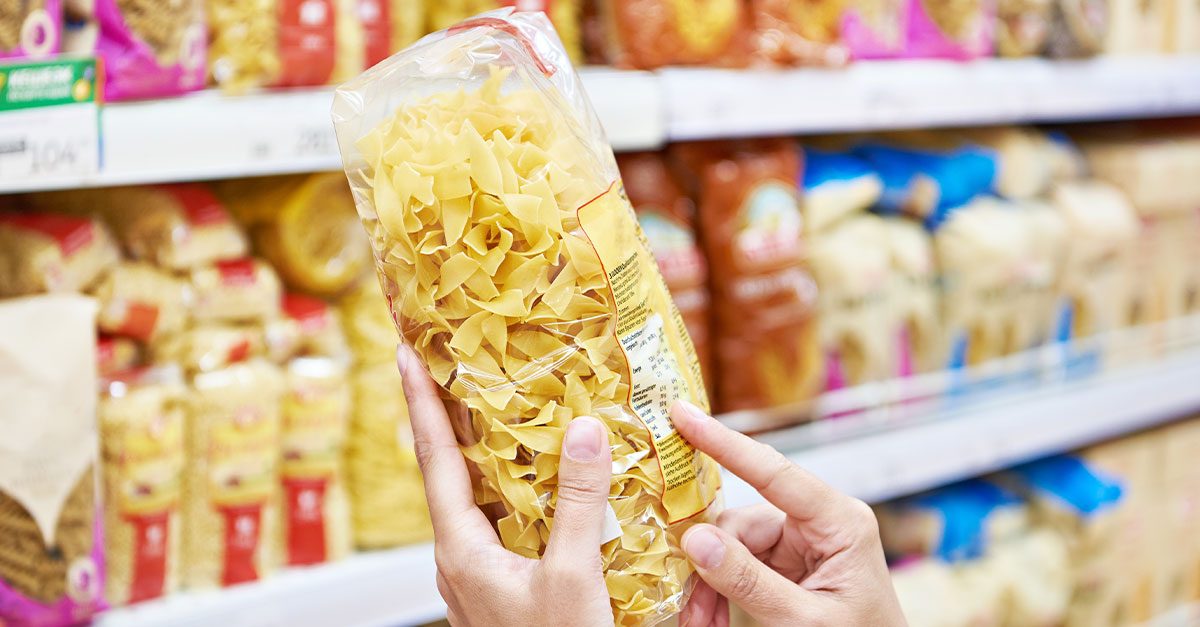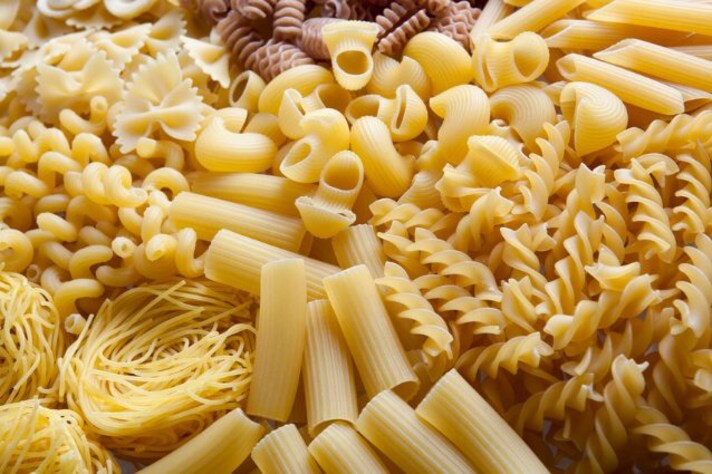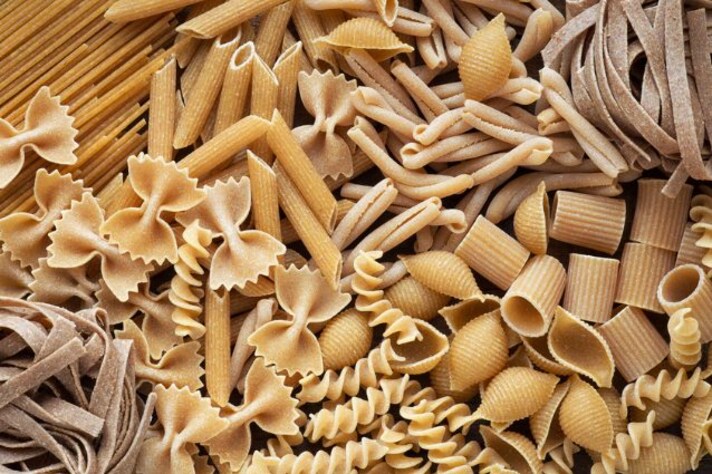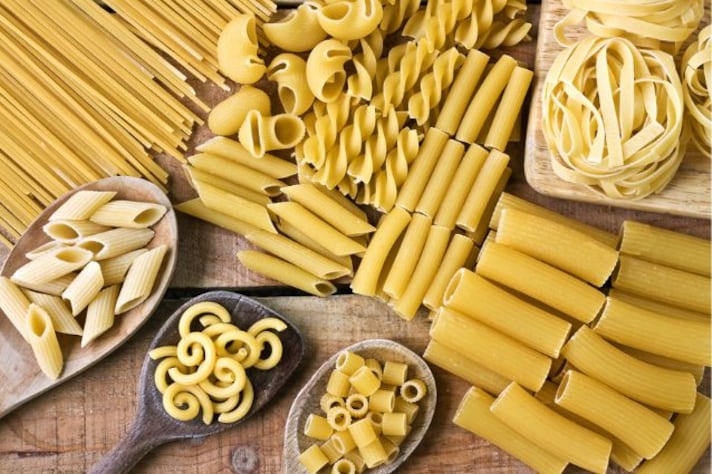How to Spot the Best Dry Pasta: 5 Tips for Authentic Italian Pasta Every Time
Choosing the right dry pasta can elevate any dish, but with so many options, it’s easy to feel lost. Discover five essential tips to help you spot authentic Italian pasta every time—from checking the texture and color to finding reputable brands. With these simple guidelines, you’ll cook with confidence and enjoy perfectly crafted pasta in every meal.
;Resize,width=742;)
When it comes to pasta, few things are more satisfying than a perfectly cooked dish made with high-quality ingredients. But with so many types of dry pasta available, how do you know if you're choosing the best option for your meals? Whether you’re preparing a classic pasta dish or crafting your own Italian-inspired masterpiece, these five simple tips will help you spot authentic, premium dry pasta every time.
1. Look for the Right Label: Authentic Italian Certification

When buying dry pasta, the first thing you should do is check the label for authenticity. Look for certified Italian pasta brands that have earned recognition in Italy for their quality, craftsmanship, and adherence to traditional methods. Labels like “Pasta di Gragnano IGP” (Indicazione Geografica Protetta) are a strong indicator that the pasta comes from a specific, renowned region where traditional Italian pasta-making methods are used.
Authentic Italian pasta, especially from southern Italy, is typically made using durum wheat semolina and produced through slow-drying techniques, resulting in pasta with the ideal texture and taste. Trusting these certifications ensures that you're getting pasta that is not only authentic but also crafted with care.
2. Check the Texture: Rough, Not Smooth

The texture of dry pasta plays a crucial role in how well it holds sauce. Premium Italian pasta is often made using bronze dies, which give it a rougher surface. This rough texture allows sauces to cling better, enhancing the flavor of your dish.
- Too smooth? Pasta made with steel dies tends to have a smoother surface, which can result in sauces sliding off instead of sticking.
- Rough and textured? This is the hallmark of high-quality, authentic pasta that will hold sauces beautifully.
By feeling the texture of the pasta or looking for labels that mention bronze-drawn, you can ensure that you’re selecting pasta that will deliver the best culinary experience.
3. Look for a Rich Golden Yellow Color

High-quality pasta should have a rich, golden yellow color. This indicates that the pasta is made from high-quality durum wheat semolina and hasn’t been overly processed. Authentic Italian pasta is typically made with a high percentage of semolina, which gives it a beautiful, natural yellow hue.
- Dull or pale pasta? This could mean the pasta is made from lower-quality ingredients or has been over-processed.
- Golden and vibrant? This signifies that the pasta is made with high-quality wheat and has been processed with care.
Pay attention to the color when selecting your pasta; the more vibrant, the better the pasta’s quality.
4. Check the Thickness: Uniform and Sturdy

The thickness of dry pasta matters when it comes to cooking. High-quality pasta tends to have a more consistent thickness throughout each piece, ensuring even cooking. While some artisanal pasta might be slightly thicker in certain spots due to traditional production methods, it should still have an overall uniformity that allows it to cook evenly.
- Uneven or flimsy pasta? This may be a sign of mass-produced pasta that doesn't meet high standards.
- Even and sturdy pasta? This is an indicator of premium craftsmanship, where attention to detail is a priority.
When buying dry pasta, check the packaging or examine the individual pieces to ensure they have a consistent thickness that promises even cooking and great texture.
5. Consider the Price and Brand Reputation
The price of pasta can tell you a lot about its quality. Authentic, high-quality Italian pasta, particularly those from small, reputable producers, tends to be priced higher than mass-produced alternatives. While pasta is often inexpensive, premium artisanal brands may be a bit more expensive due to the care and quality ingredients used in their production.
- Low-priced pasta? While this doesn’t always mean bad quality, it’s a red flag when combined with other factors like poor texture or smooth surfaces.
- Premium-priced, well-known brands? These are often your best bet for authenticity and quality, especially when they have been crafted in Italy using traditional methods.
Investing in higher-quality pasta from reputable brands can significantly improve the final taste and texture of your dish.
Why Quality Pasta Matters
Choosing the right dry pasta makes a significant difference in the final dish. High-quality pasta has a better texture, holds sauce better, and has a more authentic flavor. By following these five simple tips, you can confidently select the best dry pasta every time, ensuring your Italian meals are as delicious and authentic as possible.
Whether you’re preparing a quick weeknight dinner or crafting an intricate Italian feast, knowing how to spot the best dry pasta elevates your cooking and enhances your dining experience. So next time you're at the store, use these tips to make informed, confident decisions when choosing your pasta, and taste the difference in every bite.
;Resize,width=767;)



